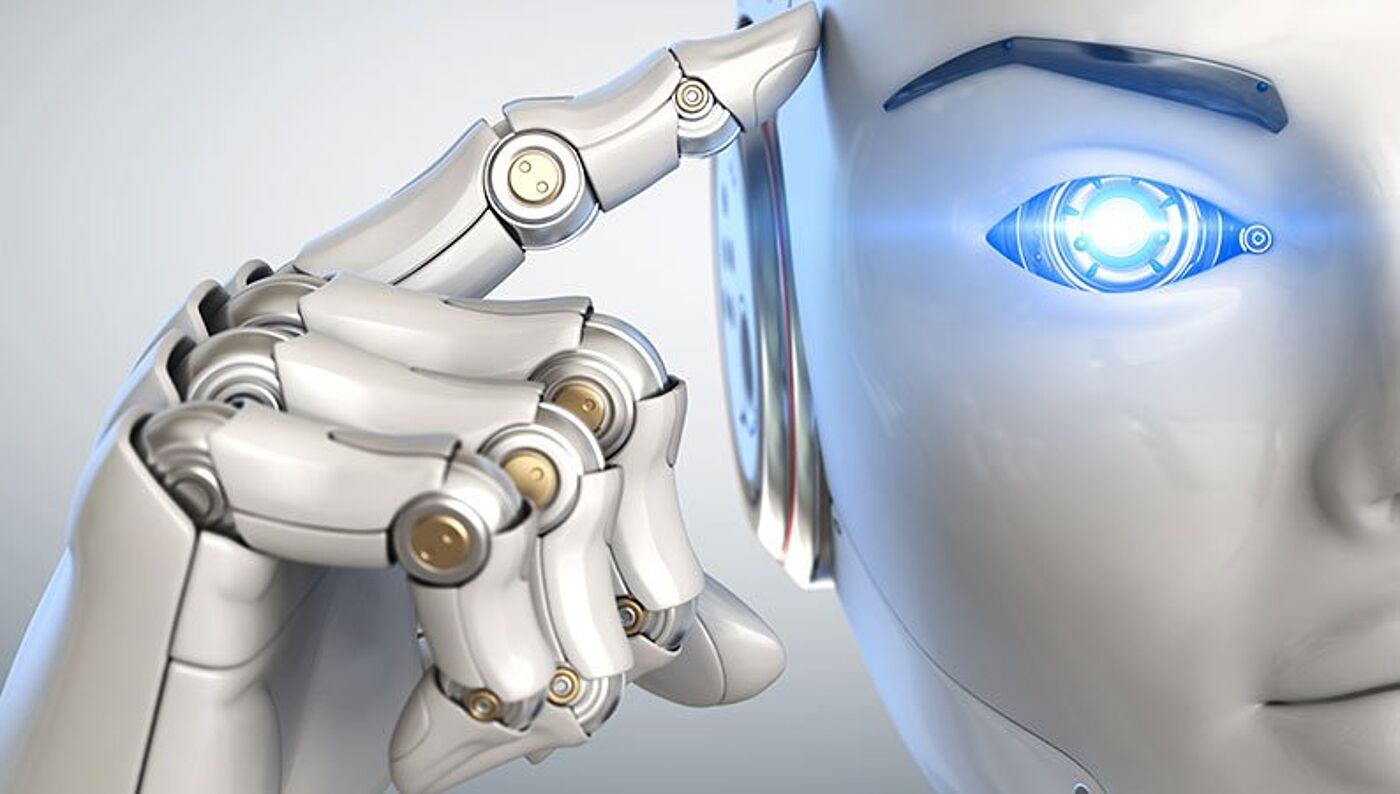
The future of Intellectual Property – towards omni-IP management systems
The trend study “The Future of Intellectual Property” by the Dennemeyer Group and trend research institute 2b AHEAD has identified the important drivers and trends for the future of IP. Based on a qualitative approach which uses the Delphi method and semi-structured interviews with 20 IP experts, the study identifies trend cycles using the roadmaps, plans and expectations of trendsetting stakeholders. The result is a thought-provoking forecast of the future of IP through 2030.
The growth of firms' IP portfolios poses several challenges for the management of IP. The relevant authorities across the world, such as patent and trademark offices, are struggling to keep pace with the increasing volume of IP right requests. Companies are in turn confronted with new challenges due to changing environments and shorter innovation cycles in most technological areas. To survive, they must adapt their management, creation, use and protection of IP. Hence, the primary question arising is: How will the so-called 4th industrial revolution affect the future of IP?
Drivers for omni-IP management - evolving technologies and systemsA variety of technological developments transform most companies’ core functions and processes. Similarly, an environment making use of intelligent enhancements such as self-learning algorithms, platforms and smart interfaces for the creation, use and protection of IP is evolving. In the future, companies will use these technologies for the management of their Intellectual Property as a natural part of their business. This ranges from the automatic generation of patent applications to the use of artificial intelligence in IP management. The initial use of artificial intelligence will give companies the opportunity to keep an overview of the patent landscape and to determine the value of new patents. Intelligent software for the automated reading and analysis of patents will become a standard tool in IP management. Automated prior art searches, which are already possible today, will be further optimized using intelligent algorithms to grow faster, more precise and more reliable. With the use of self-learning systems in IP management, there will be entirely new options for using, utilizing and actively developing the IP of the future.
The speed gap between the development of IP on the one hand, and the possibilities of traditional institutions for its protection on the other, will increasingly lead to the creation of alternative strategies and processes for handling IP in the next few years. If patent and trademark offices do not meet the growing demand for speed, companies will develop their own mechanisms for the protection of their IP. One possibility is the use of blockchain technology as a new protective mechanism. Blockchain technology offers companies the option to forgo the protective promise of traditional IP rights (IPRs), but at the same time still provides security by using an independent third party – the blockchain. In addition to non-registered IPRs, blockchain technology can also be used for registered IPRs. For example, utility models already have some characteristics of a blockchain solution, as an IPR is registered with both inventor and time of entry with absolute certainty.
Omni-IP management systems are more than an IT application. For more information about the changing customers' needs and intellectual capital, download the white paper below.
Filed in

Discover the 2023 annual study by IP Trend Monitor, highlighting eight key industries revolutionized by disruptive technologies, innovative business methodologies and external commitments.



